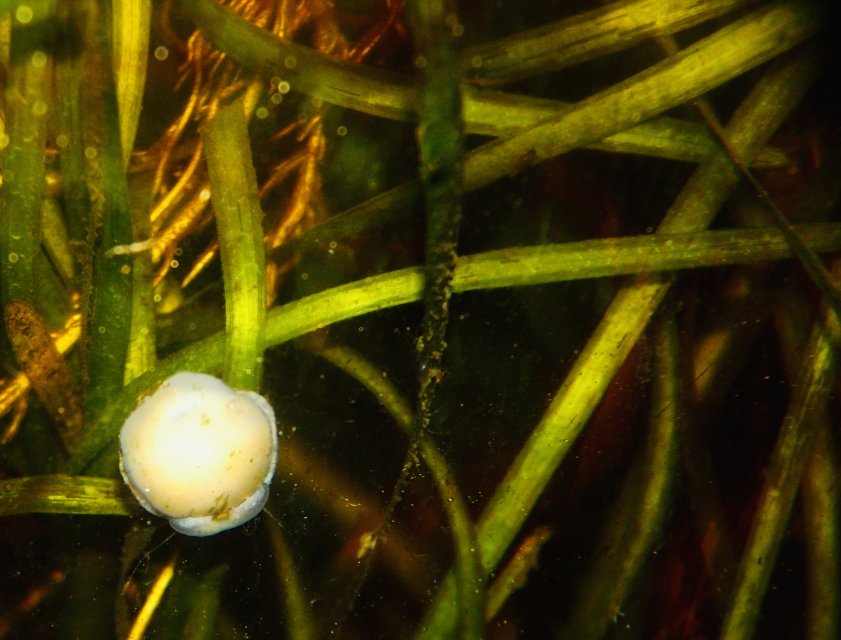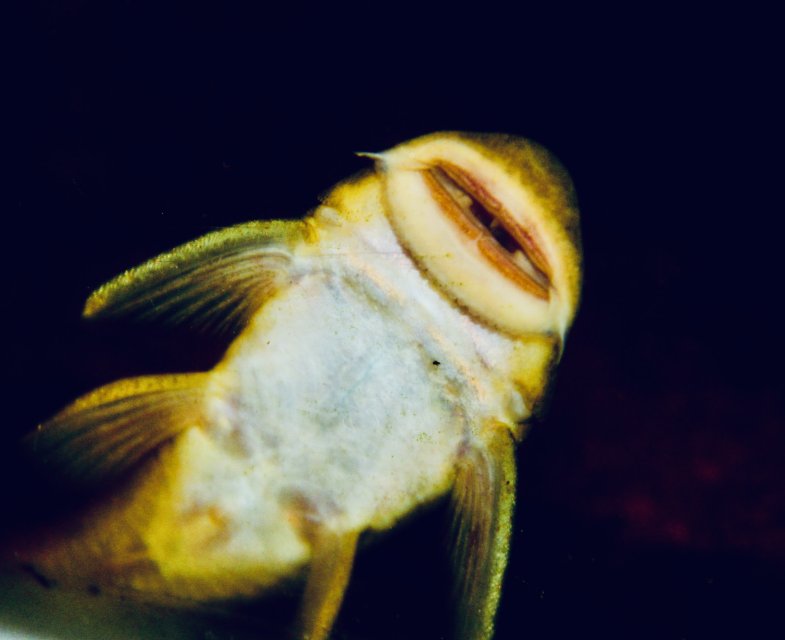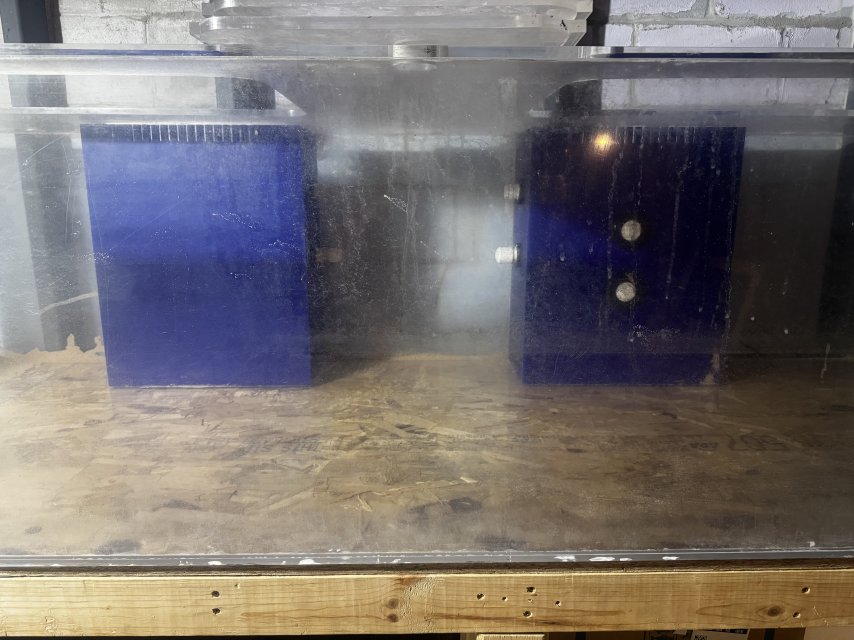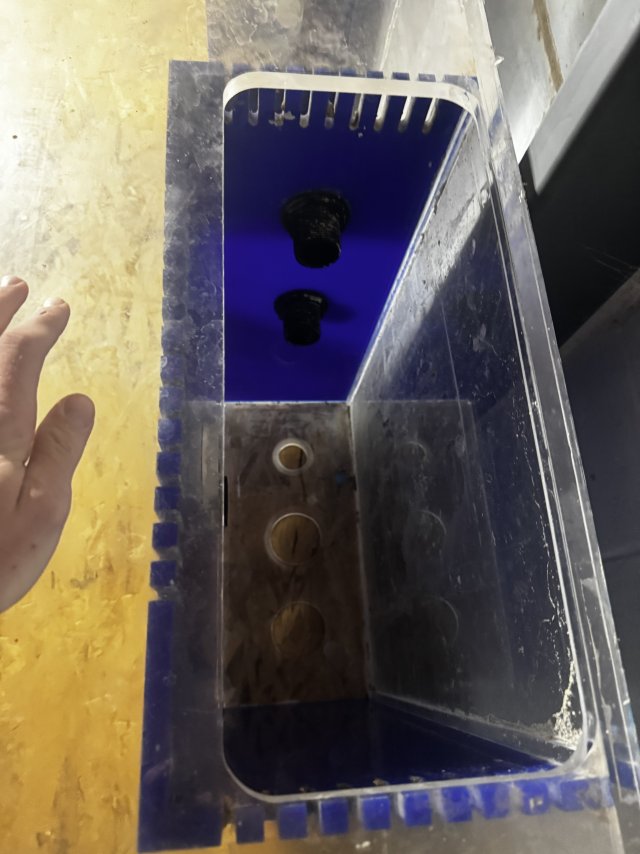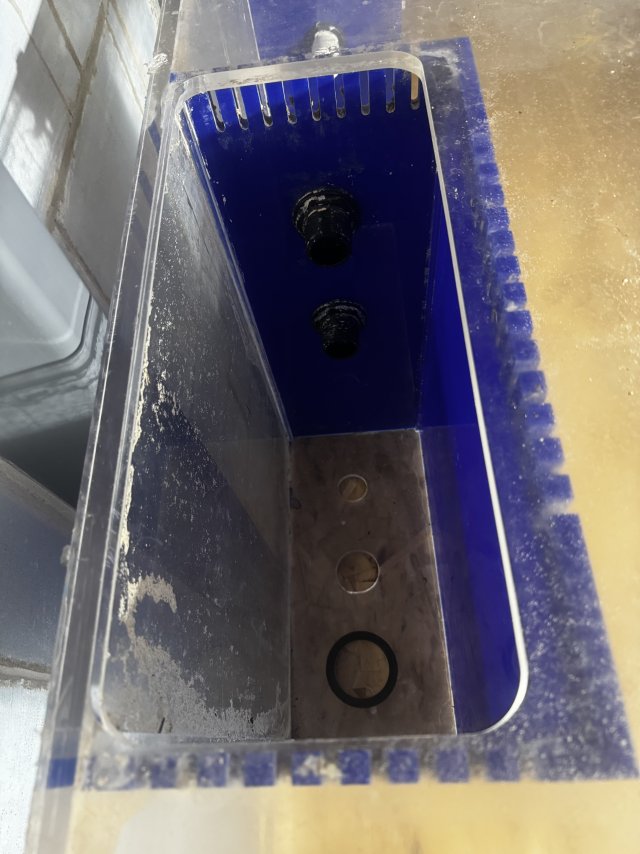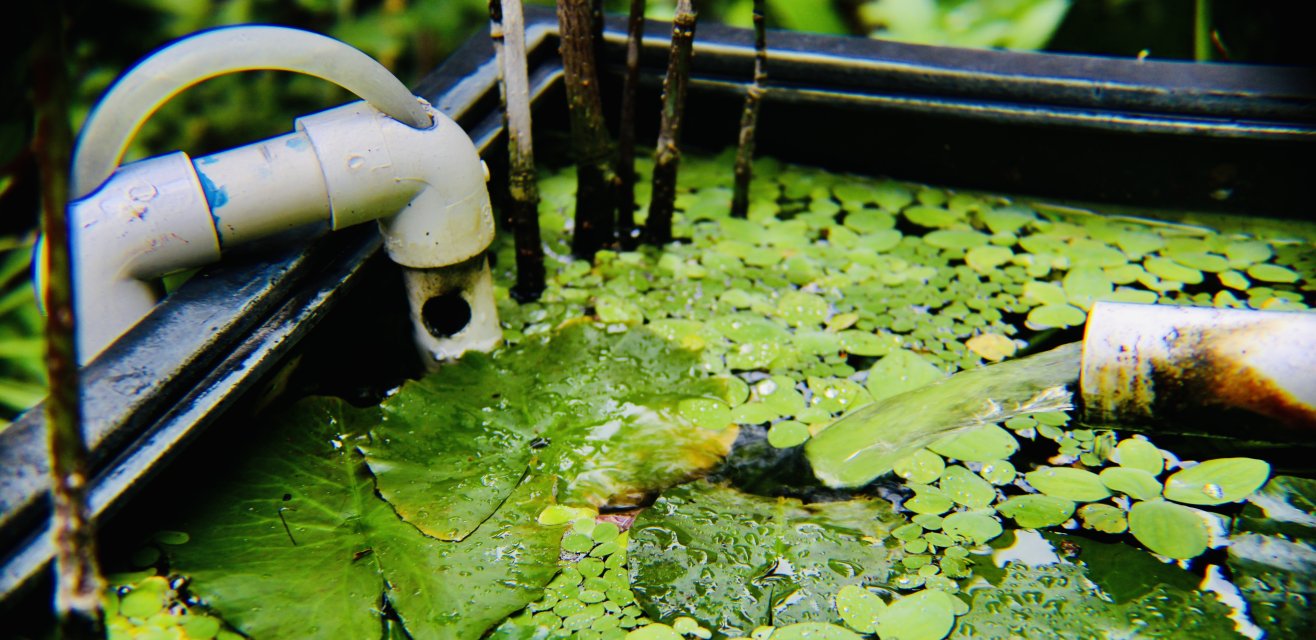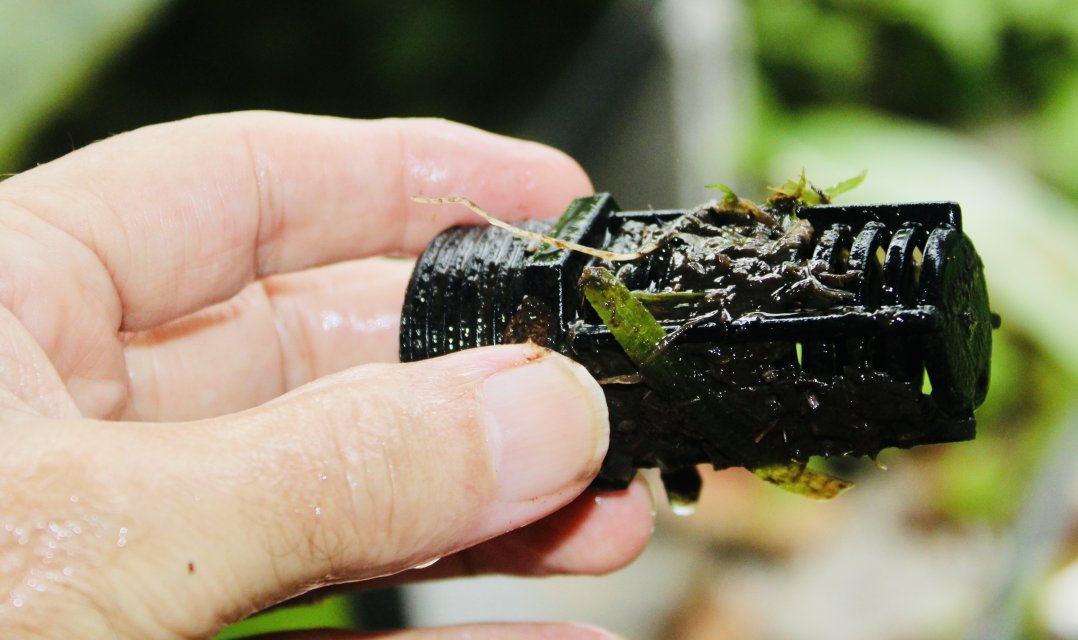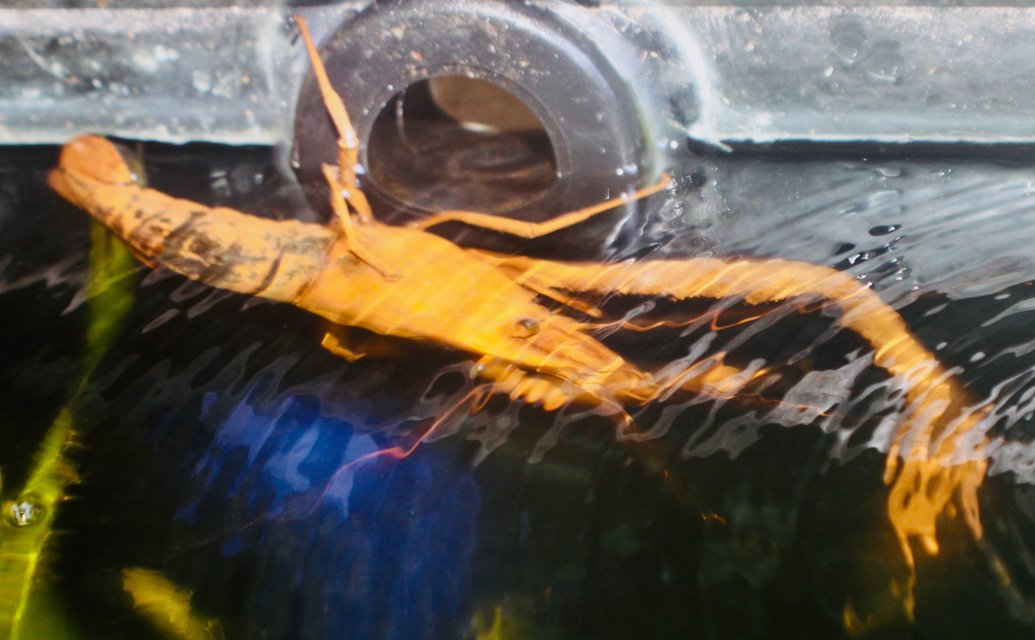Pump size and strength have more to do with the type fish you are keeping, than a generic formula.
If you are keepiong slack water species (most Anabantids, anglefish, severums) they will require less water flow than rheophiles.
I keep rheophillic species (such as Geophagus, Tomocichla, African Tiger fish) that require heavy current, and lots of extra oxygenation to stay healthy, so use stronger pumps.
In the sump of my 180 gal tank, I use a single pump with a minimum 1500 gph, and a couple wave makes on top of that.
I agree baffles are mostly just for show, and cramming a sump with excess media, doesn't accompmlish more, because the bacterialpopulatioin is based on fish load (nutrients produced) thanamount of media.
For my 125 gal sump about 10% is used for bio-media, another 10% for mechanical media, and the rest (80%) is used for live plants.
In this system I always have 0.00 ammonia, 0.00 nitrite, and undetectable nitrate, which are my goals for the sump..
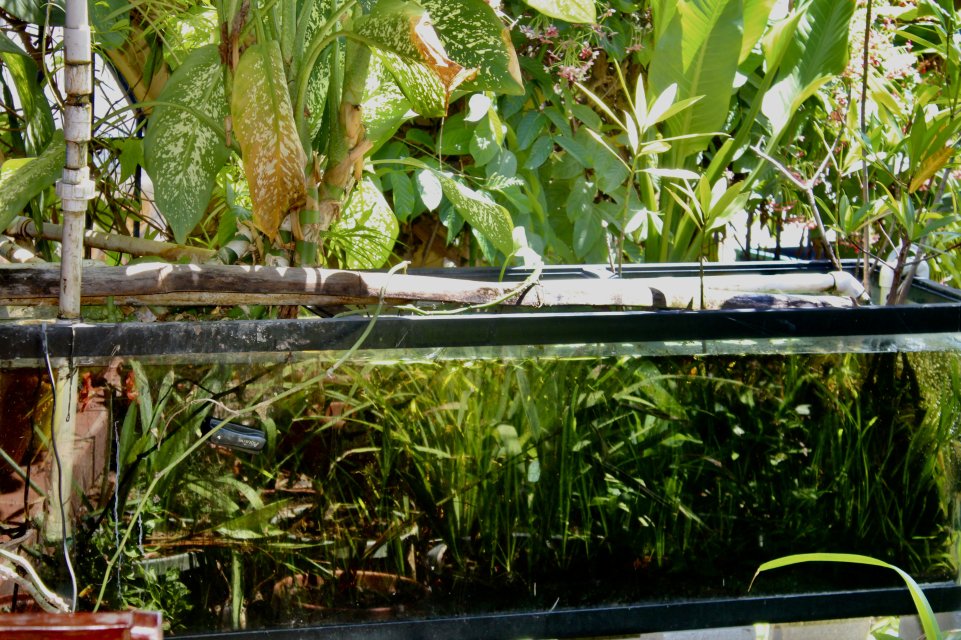
The sump above.
By the way a sump can be placed anywhere, the traditional ways is under the tank, but..
I place the sump beside the tank, where it takes advantage of sunlight for the plants, and also provides easy access for maintanence
I hate having a sump crammed under a tank, where access for maintanence is difficult.
In fact a sump can be placed on a another floor, below, to keep maintainence in a more conducive area.
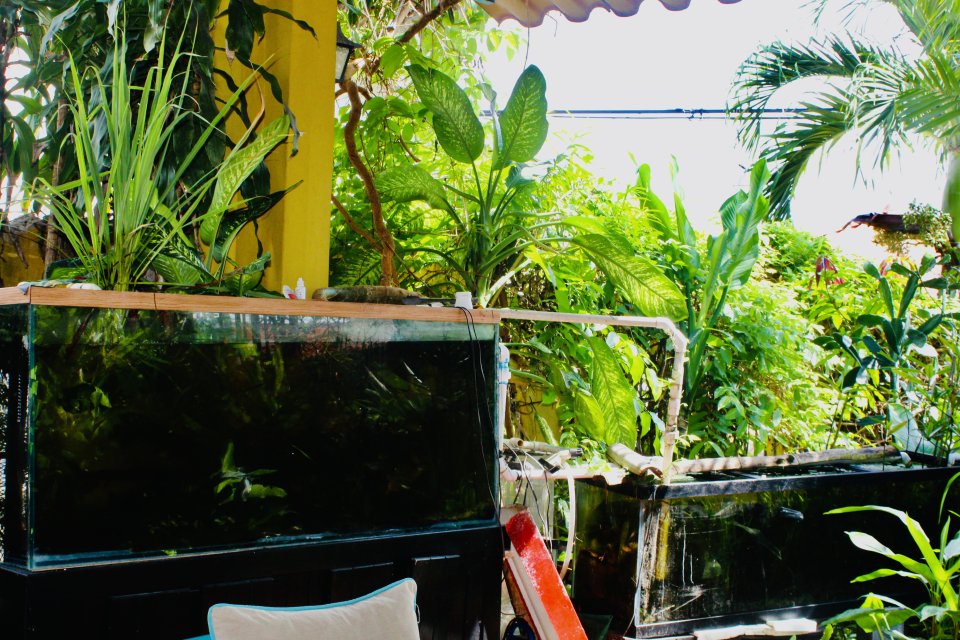
above.... main tank left (in the shade) ......sump right to take advantage of the sun, and have easy access for maintenance without contoring or bending down.
In truth a sump is just a water filled box to place media and equipment in, same as a HOB or canister, just bigger, more easily accessed, and more efficient.
It can be what ever concept you dream up, there is no one way or the other.
Some people use baffles, some don't (I don't), some people cram the sump with Bio-media, (I see no need) and my water parameters proove that.
Some peopke place equiment such as heaters, pupmps, etc in the sump ou.t of line of sight.
Some people us the sump as a refugium for other critters tha might be eaten in sumps to aid in break down of organics.
I employ a population of shrimp, snails, and small algae eaters in the sump, to aid in the filtration process.

